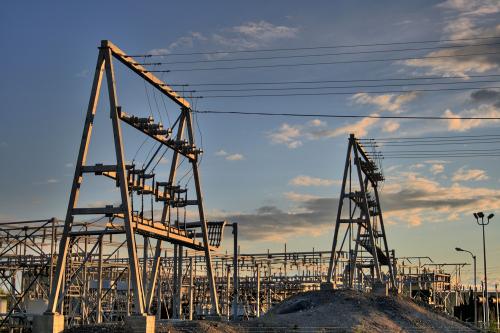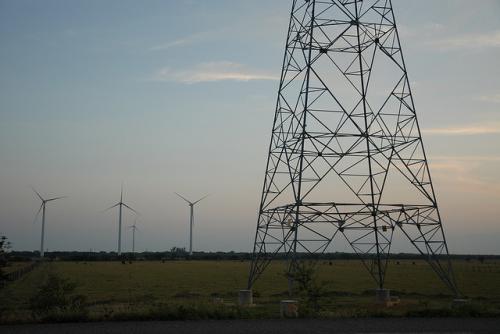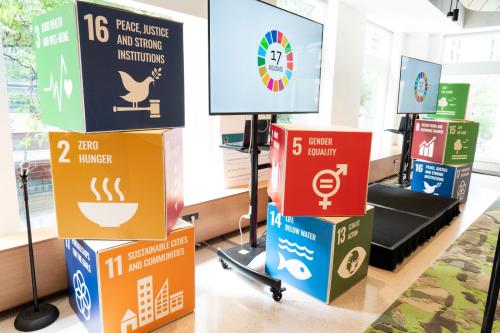Content from the Brookings Institution India Center is now archived. After seven years of an impactful partnership, as of September 11, 2020, Brookings India is now the Centre for Social and Economic Progress, an independent public policy institution based in India.
The government has announced a number of targets and support mechanisms for renewable energy (RE). Almost two years ago, the central government announced plans to grow to 175 GW of RE capacity by 2022, more than a five-fold growth in just seven years. RE has since been supported through a number of financial and non-financial means (and enjoyed support even before the 175 GW targets). Recently, the Indian cabinet approved amendments to the National Tariff Policy to push for 8 per cent of generation to come from solar by 2022 (excluding hydropower). The approval also talks of free inter-state transmission of wind and solar. On the other hand, the same amendments ask for maximising use of existing power plants to save money. At some point, maybe sooner than people realise, this will lead to a disconnect.
While RE is worthy of support, one has to triangulate its implications, not just on the grid or finances, but also on alternative sources of supply as well. To scale sustainably, RE needs not just improvements in costs (solar prices are falling the fastest of major RE sources) but also improved frameworks for incorporating such power to the Indian grid. As a Brookings India study has shown for RE, coal, and power demand, if we try and triangulate, the numbers don’t quite add up. The targeted 1,500 million tonnes of coal (by 2020)—mostly used by the power sector—and an added 175 GW of RE by 2022 would lead to an overcapacity of supply.
Mandates are one of the most direct forms of achieving targets. While the focus of this paper is not to examine the economic viability of RE or the targets, in this paper we examine India’s RE plans through several comparisons:
- Compare the capacity targets with the generation (consumption) targets
- Examine the RE growth rates required
- Compare India’s RE targets with targets elsewhere
This is an updated version of this Impact Paper (dated August 24, 2016), adding a new section on Implications and Recommendations. Original version (August 22, 2016) archived here.
The views are expressed in this publication are those of the author. Brookings India does not hold any institutional views.









Commentary
Op-edIndia’s Updated (2016) Renewable Energy “Guidelines”: Bold targets, but can we meet them?
August 23, 2016